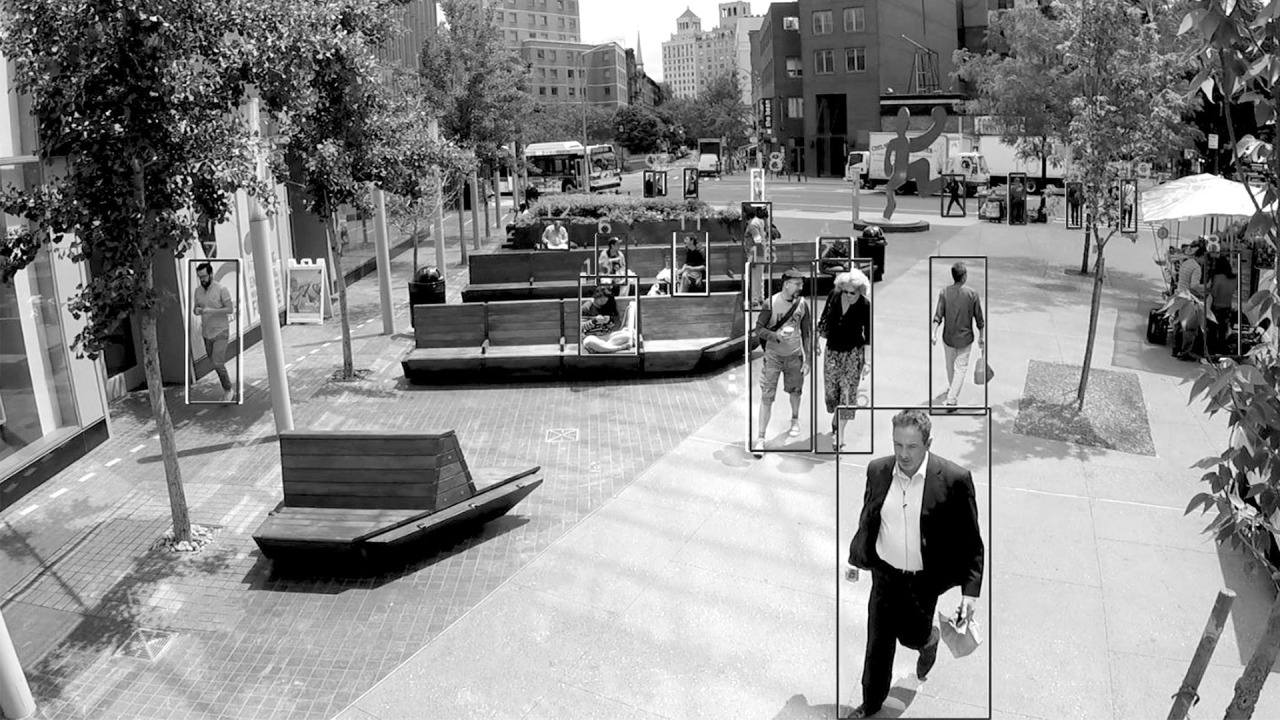Plaza Life Revisited This research project reconsiders writer William H. Whyte’s Street Life P
Plaza Life Revisited This research project reconsiders writer William H. Whyte’s Street Life Project and seminal study The Social Life of Small Urban Spaces (1980). It sought to understand how the types of new public spaces have changed some 40 years after he published his book and companion film, what has changed in how people use public realm spaces, and what makes well used spaces.The project first looked at 10 plazas in Manhattan by 10 different designers, constructed or renovated in the last 15 years. The sites range from the type of bonus plazas Whyte was observing, to infrastructural leftovers, alleys, transit plazas, private campus spaces, and tactical urbanist interventions. The team used new analytical tools such as a machine learning algorithm on video footage to develop heat maps describing dwell time, frequent and infrequent usage, and preliminary pedestrian counts. The team also used some of the same techniques Whyte did—behavioral observations, site measurements, and hand tabulation. The goal was to identify common behavior patterns, collective activity, programming, physical elements, and understand context across the sites in order to inform future public realm design. Findings and methods were published in a booklet called Field Guide to Life in Urban Plazas. Currently, researchers are experimenting with an extension of the New York study on other international sites using infrared data that allows evening site usage to be captured, as well as a higher level of anonymization.RESEARCH TEAMEmily Schlickman and Anya Domlesky, XL research and innovation Lab at SWA, Tom Balsley, Chella Strong, Jen Saura, and Hallie Morrison, SWA/Balsley, Anonymous, Data ScientistSource: SWA Group, Landscape Architecture Magazine -- source link
Tumblr Blog : doctorcrowd.tumblr.com
#dynamics#public#proxemics#control#surveillance#design#collective#behavior#pattern#north america
